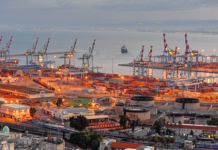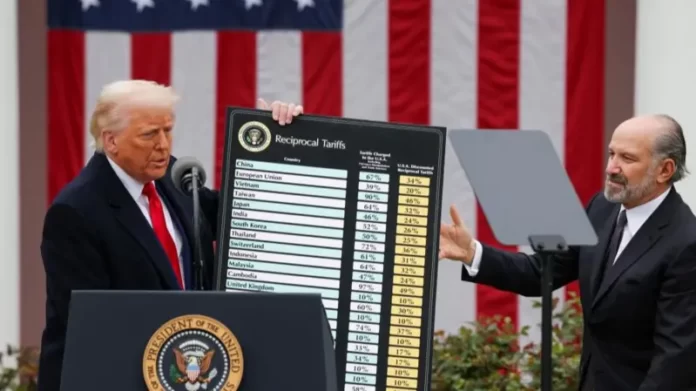The United States will begin delivering tariff letters to other countries starting at 12:00 p.m. ET (9:00 p.m. in Pakistan) on Monday, President Donald Trump said in a post on Truth Social late Sunday.
Trump said the letters or trade deals would be sent to various countries worldwide beginning July 7.
“I am pleased to announce that the UNITED STATES TARIFF Letters, and/or Deals, with various Countries from around the World, will be delivered starting 12:00 P.M. (Eastern), Monday, July 7th,” Trump wrote. “Thank you for your attention to this matter.”
Trump previously said he expected the first batch of letters to be sent Friday, a U.S. national holiday, but the date was moved. He had also stated that some letters were already signed and ready to go.
In April, Trump announced a 10% base tariff rate and higher levels for most countries, with some tariffs reaching up to 50%. All tariffs above the 10% base rate were suspended for 90 days to allow time for negotiations.
That period ends on July 9. Trump said Friday that tariffs could go as high as 70%, with most set to take effect on August 1.
Trump and his aides initially planned negotiations with multiple countries, but the president has shifted toward sending tariff letters after difficulties with partners such as Japan and the European Union. On Friday, he said sending letters was easier than negotiating.
Only two trade deals have been reached so far. The United Kingdom agreed in May to maintain the 10% rate and received preferential terms for some sectors, including autos and aircraft engines. Vietnam secured a reduction in tariffs on many goods to 20%, down from a threatened 46%, and U.S. goods would enter Vietnam duty free.
A deal with India has not materialized. EU officials said Friday that talks with the Trump administration have not progressed and they may try to extend current terms to avoid tariff increases.
The White House’s shift to written offers reflects the difficulty of finalizing broad trade agreements covering tariffs and non-tariff issues under a short timeline. Most previous trade deals have taken years to complete.
























